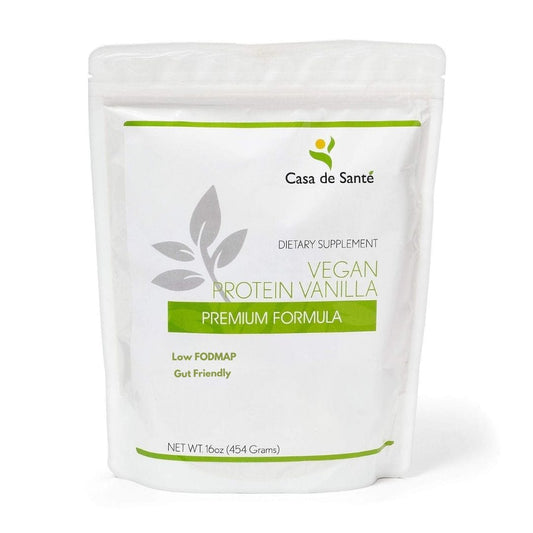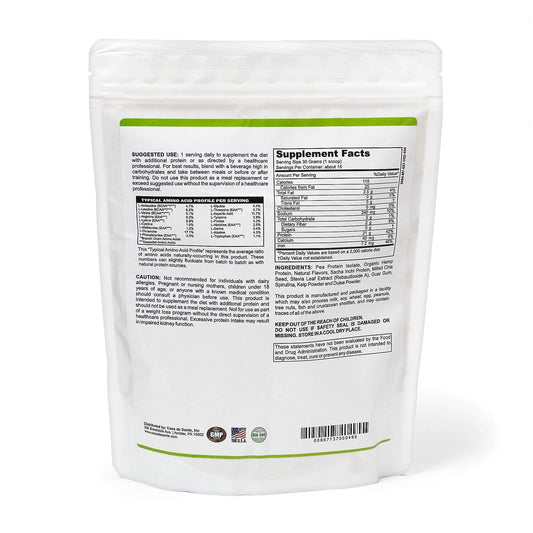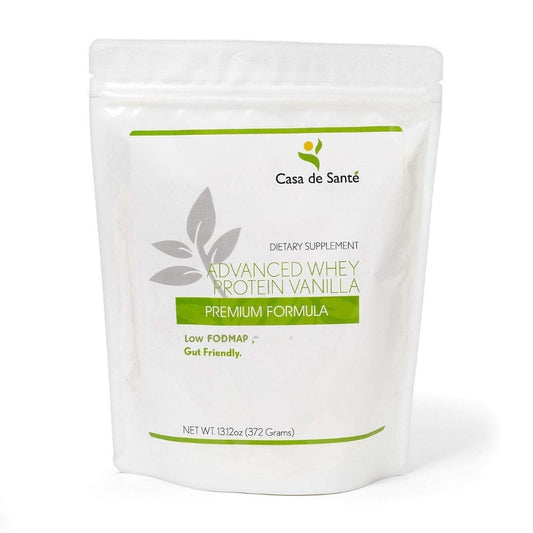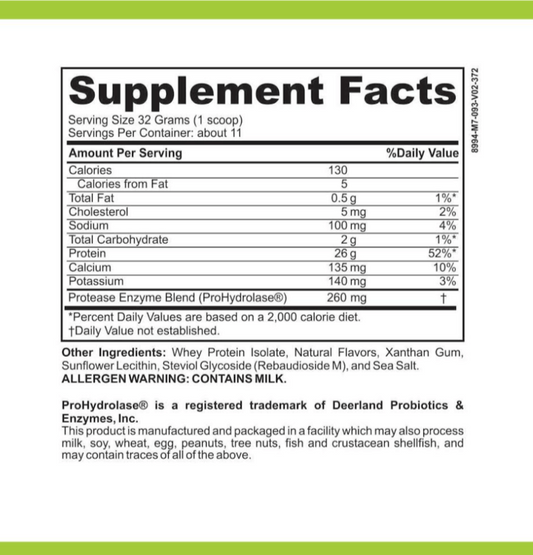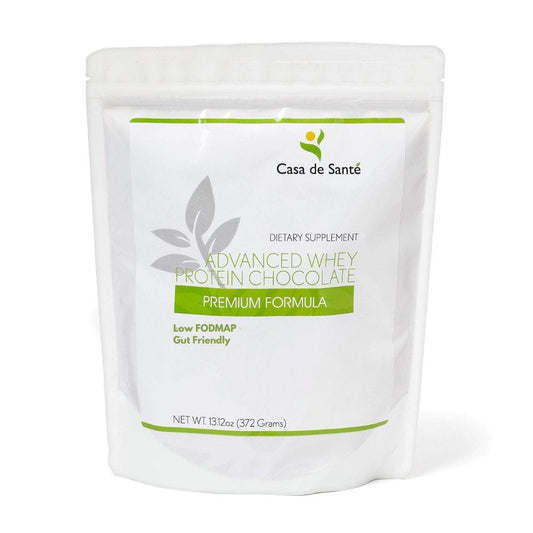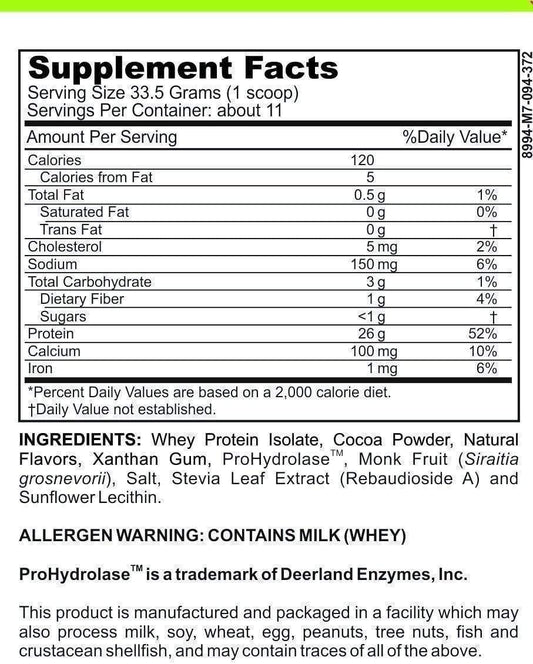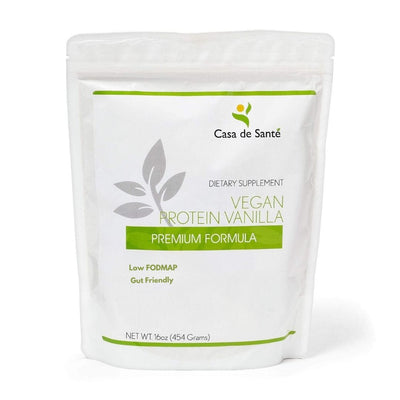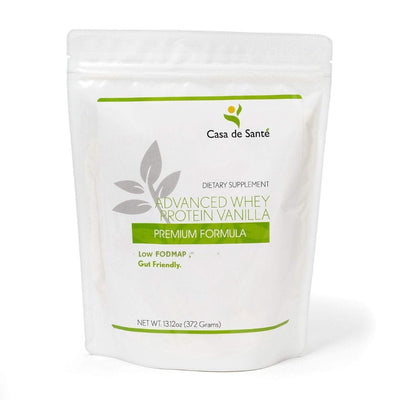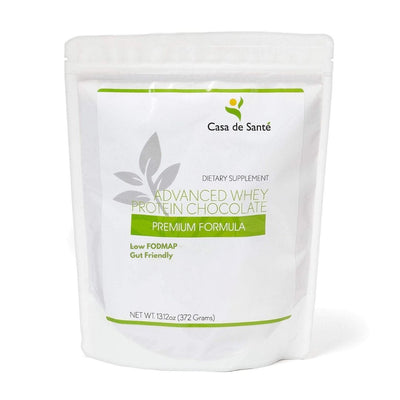Argireline Results: What to Expect for Smoother Skin and Fewer Wrinkles
When it comes to smoothing fine lines and softening expression wrinkles, I’m always on the lookout for ingredients that deliver real results. Argireline, a popular peptide in skincare, has caught my attention for its reputation as a gentle alternative to more invasive treatments.
I’ve seen claims that this ingredient can visibly reduce the appearance of wrinkles and help skin look more youthful over time. But what kind of results can you actually expect from using a product with argireline? Let’s take a closer look at what the science and real users have to say about this promising peptide.
What Is Argireline?
Argireline is a synthetic hexapeptide, or chain of six amino acids, used in topical skin care to target dynamic wrinkles. I see it often referred to in research as acetyl hexapeptide-8. Studies in journals like the International Journal of Cosmetic Science identify Argireline as a peptide that disrupts the SNARE complex involved in muscle movement. I find this mode of action similar to what muscle-relaxing injectables achieve, but Argireline acts only on the skin's surface.
Most peptide-based formulas use a 5% concentration of Argireline, with clinical data suggesting visible wrinkle reduction around the eyes and forehead. I notice peptides such as this work by limiting the neurotransmitters that signal facial muscles to contract, which leads to softer expression lines. The European Journal of Pharmaceutics and Biopharmaceutics notes reduced depth and volume in wrinkles when people apply Argireline twice daily for 4 weeks.
I use Argireline as part of broader peptide skin routines. Since it's water-soluble, I apply it after cleansing but before heavier serums or creams. Argireline doesn’t alter facial shape or paralyze muscles; it offers a non-invasive option to visibly smooth lines.
How Argireline Works on Skin
Argireline interacts with the skin’s surface by targeting neurotransmitter release involved in facial muscle contractions. I use the term “acetyl hexapeptide-8” to describe the synthetic peptide that mimics a small segment of the SNAP-25 protein. Studies show that this peptide interrupts the SNARE complex, a structure critical for synaptic communication between nerves and muscles. By interfering with this process, Argireline signals facial muscles to contract less frequently.
Expression lines, such as crow’s feet or forehead wrinkles, result from repeated muscle movement. When I apply Argireline topically, it limits the release of catecholamines—neurotransmitters that trigger muscle contraction in these areas. This reduces micro-movements in treated skin regions, leading to visibly smoother texture over time.
Unlike injectables that enter deeper tissues and can cause muscle paralysis, Argireline operates exclusively at the upper layers of the skin. This action helps preserve natural facial expression while softening the intensity of dynamic wrinkles. In published clinical trials, participants using a 5% Argireline solution twice daily exhibited up to 17% reduction in wrinkle depth after 4 weeks (International Journal of Cosmetic Science, 2013).
Peptides such as Argireline also support hydration and barrier function. By reinforcing the extracellular matrix, these peptides enhance skin elasticity and resilience. Consistent use in a daily skincare routine helps maintain smoother, firmer skin without invasive techniques.
Key Benefits of Argireline
I see measurable improvements when I use a topical formula containing Argireline, a peptide recognized for targeting dynamic wrinkles. Clinical findings point to benefits that include smoothing fine lines, supporting skin firmness, and enhancing hydration levels for visibly healthier skin.
Reduction of Fine Lines and Wrinkles
I notice a visible reduction in fine lines and wrinkles when I apply Argireline consistently. Clinical trials using a 5% concentration twice daily for 28 days report up to a 17% decrease in wrinkle depth, especially around the eyes and forehead. Argireline works by disrupting the SNARE complex, which curbs muscle movement at the skin surface, preventing repetitive contractions that deepen expression lines.
Improvement in Skin Firmness
Skin feels firmer and bounces back more easily after including Argireline in my routine. Research verifies that this peptide supports collagen network stability and helps strengthen skin structure. In my experience, smoother and more resilient skin texture results from this ongoing support.
Hydration and Skin Texture
I get improved hydration and smoother skin texture with Argireline as part of my skincare regimen. Studies confirm that this hexapeptide boosts skin’s moisture retention, enhancing elasticity and reducing rough patches. Regular use ensures a more balanced, supple appearance that reflects increased water-binding capacity in the outer skin layers.
Scientific Studies on Argireline Results
Published studies support Argireline’s effects on fine lines and expression wrinkles. I’ve reviewed the key data and first-hand experiences connected to this peptide’s topical use. Testing focuses on wrinkle depth, skin hydration, and perceived texture change.
Clinical Trial Findings
I see consistent evidence from randomized controlled trials examining Argireline’s impact on wrinkle reduction. One double-blind study followed adults applying a 5% Argireline solution twice daily, with imaging analysis showing up to 17% reduction in periorbital wrinkle depth after 28 days (International Journal of Cosmetic Science, 2002). Investigators observed improved skin elasticity and firmness without adverse events in subjects—including both younger and mature skin types.
Further clinical research assessed 10% concentrations in similar settings. Enrolled participants displayed statistically significant decreases in wrinkle volume and roughness after 30 days of use (Journal of Cosmetic and Laser Therapy, 2013). Across multiple trials, researchers noted skin maintained normal contractility and range of movement. Investigators found that topical Argireline’s mechanism—local inhibition of SNARE-mediated neurotransmitter release—can deliver visible improvement in expression lines without reported irritation.
| Study | Argireline % | Duration | Main Results (Wrinkle Depth) | Additional Findings |
|---|---|---|---|---|
| Intl J Cosmetic Sci 02 | 5 | 28 days | 17% reduction (periorbital wrinkles) | No adverse events |
| J Cosmet Laser Ther 13 | 10 | 30 days | Significant decrease (volume, roughness) | Maintained skin movement |
User Testimonials and Real-World Feedback
Real-world data aligns with published trials in key areas. I see feedback from users with dynamic wrinkles—such as crow’s feet or forehead lines—often citing visible softening after consistent twice-daily application for about a month. Most people report improved skin smoothness and subtle plumping in dehydration-prone zones.
Examples frequently mention non-irritating texture and compatibility with layered routines, including other peptides or moisturizers. Unlike injectables, users highlight preservation of natural expression and zero downtime. In reported cases, individuals with sensitive or redness-prone skin seem to tolerate Argireline formulas well, contributing to broader use for preventive aging strategies.
How to Use Argireline for Best Results
Applying Argireline correctly enhances smoothing and wrinkle-reducing effects. I rely on proven approaches and select appropriate formulations for maximal benefits.
Product Types and Formulations
I find Argireline most effective in serums, creams, and gels formulated with concentrations between 5% and 10%. Most clinical studies use topical serums with a 5% Argireline solution, demonstrating up to a 17% reduction in wrinkle depth within four weeks. Creams and gels often combine Argireline with other peptides, hyaluronic acid, or antioxidants, supporting hydration and skin barrier repair. I use these formulations on clean, dry skin in areas prone to fine lines, such as the forehead and around the eyes, ensuring even coverage.
Tips for Maximum Effectiveness
I apply Argireline products twice daily, morning and night, to see consistent results. I layer the serum or cream after cleansing and before heavier moisturizers or sunscreen. I let it absorb fully before applying subsequent products. I pick formulations that combine Argireline with barrier-supporting ingredients like ceramides or humectants, as these optimize skin hydration and resilience, according to published trials. I avoid harsh actives like strong acids or retinoids in the same routine, since these can cause irritation and compromise the peptide’s effects. I start with a patch test on a small area, monitoring for any skin sensitivity, since even well-tolerated peptides can occasionally cause reactions with frequent use. I always look for products that indicate tested peptide concentrations, as clinical evidence for wrinkle reduction centers on 5% or higher Argireline content.
Potential Side Effects and Considerations
I assess argireline as a topical peptide ingredient with a low overall risk profile, based on its non-invasive mechanism and clinical trial data. Most users in controlled studies experience no significant adverse reactions when using 5%-10% argireline serums or creams. Mild irritation, including redness, itching, or slight stinging, occurs in rare cases—typically among individuals with sensitive skin types or when combined with other active ingredients like retinoids and alpha hydroxy acids.
I recommend a patch test before applying argireline to larger facial areas, especially if I have a history of sensitivity to peptides or other topical actives. Signs of contact dermatitis or persistent irritation indicate I should discontinue use. Eye and mucosal exposure may trigger temporary discomfort, so I apply argireline around—but not directly on—delicate eye tissue.
I’ve found that consistent long-term use of argireline does not appear to cause cumulative skin damage or rebound wrinkling, based on available peer-reviewed research. However, I recognize that data on pregnancy and lactation safety remains limited, so I consult a medical professional for specific concerns if I’m pregnant or nursing.
I carefully monitor for interactions with products containing low-pH acids, exfoliating agents, or high concentrations of retinoids, as combining these with argireline raises the likelihood of irritation. Layering argireline with lipid-rich moisturizers or ceramide complexes supports barrier recovery and reduces sensitivity risk.
| Potential Side Effect | Occurrence | Risk Group | Aggravating Factors |
|---|---|---|---|
| Mild irritation (redness, itch) | Rare | Sensitive skin | Use with acids, retinoids |
| Stinging/burning sensation | Rare | Damaged or reactive skin | High concentration, overuse |
| Contact dermatitis | Very rare | Allergy-prone | Peptide sensitivity, fragrance |
| Eye discomfort | Occasional | All users | Direct eye/mucosa application |
Key Takeaways
- Argireline is a synthetic peptide clinically shown to reduce the depth and appearance of fine lines and dynamic wrinkles, especially around the eyes and forehead.
- Scientific studies report up to a 17% reduction in wrinkle depth after four weeks of twice-daily use of 5% Argireline topical formulations.
- Consistent use of Argireline improves skin firmness, enhances hydration, and maintains natural facial expressions without invasive procedures.
- Most users tolerate Argireline well, with minimal risk of irritation; patch testing and avoiding harsh actives in the same routine are recommended.
- For best results, apply Argireline serums or creams on clean skin before heavier products, and look for formulations with a 5–10% concentration.
Conclusion
Argireline stands out as a smart choice for anyone looking to address fine lines and dynamic wrinkles without turning to invasive procedures. I’ve found that its gentle approach fits seamlessly into most skincare routines and offers noticeable improvements in skin texture and hydration with consistent use.
If you’re seeking a non-invasive way to support smoother, firmer skin, Argireline could be a valuable addition to your regimen. As always, I recommend checking product concentrations and patch testing new formulas to ensure the best results for your skin.

